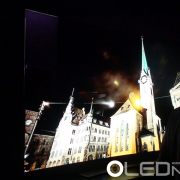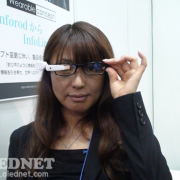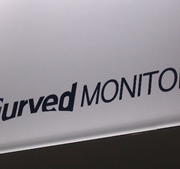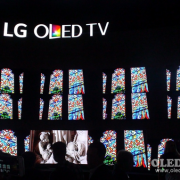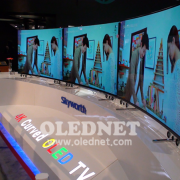It has already been 2 years since OLED TV entered the market. LG Electronics and Samsung Electronics opened the market together with the release of 55 inch FHD OLED TV, but currently the market is developing around LG Elec. and some Chinese set companies.
Samsung Elec.’s OLED TV is using RGB OLED structure similar to the OLED panel applied to Galaxy series, and LTPS TFT. On the other hand, LG Elec. is using WRGB OLED, developed by LG Display, and oxide TFT.
However, Samsung Elec. stopped OLED TV production in the second half of 2013, and began to express negative opinions regarding OLED TV industry since CES2014. They determined OLED TV to be underdeveloped and required approximately 3 more years of further work. Also, as 8 mask of LTPS TFT or oxide TFT was used to develop OLED panel for TV, and therefore higher cost compared to LCD, Samsung and many other display experts continued to view it negatively. Various media was filled with unfavorable articles particularly regarding whether LG Display alone could maintain the OLED panel industry which required massive amount of investment.
Despite this, WRGB OLED received legitimate recognition with the start of 2015. First, with the 3 stack tandem OLED structure and HDR technology, they were able to provide sharper picture quality than LCD with the peak intensity of up to 800 nit. Second, 8 mask oxide TFT production processes were reduced to 4 mask production and lowered investment cost, which led to a more reasonable panel price.
The halved number of masks in the TFT production signifies that the number of processes can be reduced and increase the yield rate. It also means the amount of large scale investment essential to the TFT production can be reduced by 50%.
The rival display of LCD mostly uses 4 mask process of a-Si TFT. If the existing Gen8 line, with capacity of 200K, is changed to LTPS TFT or 8 mask oxide TFT process, the capacity is reduced to approx.. 90K and increases the TFT production cost by more than 200%. However, in 4 mask production, the LCD line can be altered to TFT exclusive line for OLED without any loss of capacity; this would place the TFT production cost on the same level as LCD. Of course, as the existing line can be used without additional factory construction will reduce the investment cost even further.
Therefore, if OLED is developed using 4 mask oxide TFT technology, theoretically the production cost falls to the level of LCD panel production price excluding BLU. As the large area OLED panel market is in early stages, the OLED evaporator and encapsulation equipment price is still high, but the equipment price will fall rapidly within 2-3 years and the investment cost is also expected to be reduced.
The display market research organizations are estimating the large OLED panel price to be at least $3,000, but according to the 2015 Annual Report by UBI Research, the LG Display’s 55 inch FHD OLED panel price is only expected to be around $900, and a 55 inch UHD OLED panel is to be around $1,400. UBI Research analyses that there is some difference from the actual sales price as LG Display’s M2 line production and yield rates are low, but if the full capacity of 26K is reached and the yield rises to above 80%, the current supply price can easily be met. Particularly if the large scale mass production system is established with the addition of M3 and M4 lines, it is predicted that OLED panel price will be reduced so that there will only be 1.1 times difference compared to LCD panel.
There are many experts who mistakenly predict that large area OLED panel, which has higher price tag compared to the continued investment cost as it is still in early stages, will fall behind LCD’s cheaper price strategy. However, much like how TFT-LCD overwhelmed the Braun-tube market, OLED TV will also be a household item within a few years.
2015 Annual Report by UBI Research writes that in 2016 when M2 line will be operating normally, approx. 1.7 million units of UHD OLED panel production will be possible, and predicts the investment of M3 line in 2016, with the shipment of approx. 2.7 million units of OLED TV in the market in 2017. This is a much weaker figure compared to the almost 200 million units of LCD panel market for TV, but within the new UHD TV market with 55 inch or higher it is expected to hold a large market share.
 <LG Elec. OLED TV, CES2015>
<LG Elec. OLED TV, CES2015>
![150305_[MWC2015] smart watch 시장, 구글 OS 진영 혼전 예상1](http://www.olednet.com/wp-content/uploads/2015/03/150305_MWC2015-smart-watch-시장-구글-OS-진영-혼전-예상11.png)
![150305_[MWC2015] smart watch 시장, 구글 OS 진영 혼전 예상](http://www.olednet.com/wp-content/uploads/2015/03/150305_MWC2015-smart-watch-시장-구글-OS-진영-혼전-예상4.png)

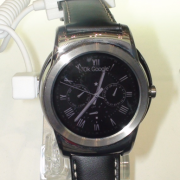
![150305_[MWC2015] smart watch 시장, 구글 OS 진영 혼전 예상2](http://www.olednet.com/wp-content/uploads/2015/03/150305_MWC2015-smart-watch-시장-구글-OS-진영-혼전-예상21.png)
![150305_[MWC2015] smart watch 시장, 구글 OS 진영 혼전 예상3](http://www.olednet.com/wp-content/uploads/2015/03/150305_MWC2015-smart-watch-시장-구글-OS-진영-혼전-예상31.png)
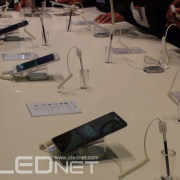


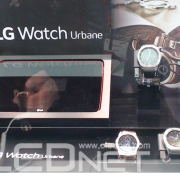
![150303_[MWC2015]Smart Watch Trend, LG Electronics is On It](http://www.olednet.com/wp-content/uploads/2015/03/150303_MWC2015Smart-Watch-Trend-LG-Electronics-is-On-It.png)
![150303_[MWC2015]Smart Watch Trend, LG Electronics is On It1](http://www.olednet.com/wp-content/uploads/2015/03/150303_MWC2015Smart-Watch-Trend-LG-Electronics-is-On-It11.png)
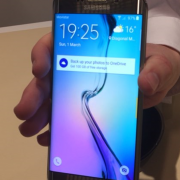
![150303_[MWC2015]Samsung Electronics’ Galaxy 6 and the ‘ultimate weapon’ Galaxy S6 Edge](http://www.olednet.com/wp-content/uploads/2015/03/150303_MWC2015Samsung-Electronics’-Galaxy-6-and-the-‘ultimate-weapon’-Galaxy-S6-Edge1.png) <Galaxy S6 Edge, Samsung>
<Galaxy S6 Edge, Samsung>